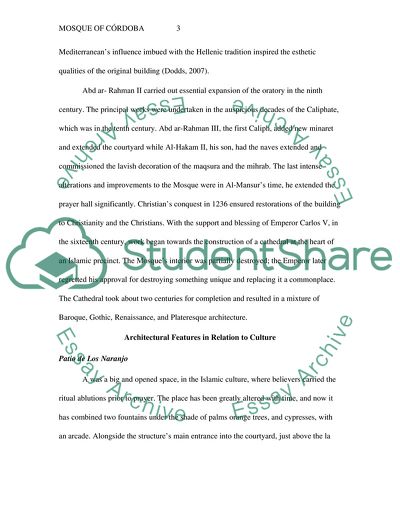Cite this document
(The Cordoba's Mosque Article Example | Topics and Well Written Essays - 1250 words, n.d.)
The Cordoba's Mosque Article Example | Topics and Well Written Essays - 1250 words. https://studentshare.org/architecture/1859263-the-great-mosque-of-cordoba-spain
The Cordoba's Mosque Article Example | Topics and Well Written Essays - 1250 words. https://studentshare.org/architecture/1859263-the-great-mosque-of-cordoba-spain
(The Cordoba'S Mosque Article Example | Topics and Well Written Essays - 1250 Words)
The Cordoba'S Mosque Article Example | Topics and Well Written Essays - 1250 Words. https://studentshare.org/architecture/1859263-the-great-mosque-of-cordoba-spain.
The Cordoba'S Mosque Article Example | Topics and Well Written Essays - 1250 Words. https://studentshare.org/architecture/1859263-the-great-mosque-of-cordoba-spain.
“The Cordoba'S Mosque Article Example | Topics and Well Written Essays - 1250 Words”. https://studentshare.org/architecture/1859263-the-great-mosque-of-cordoba-spain.


